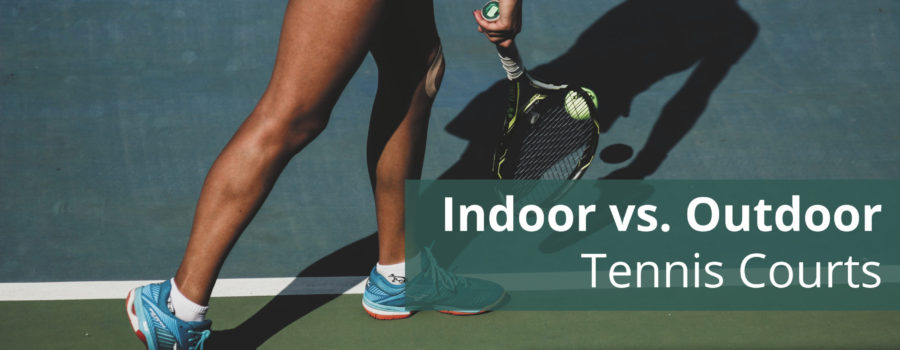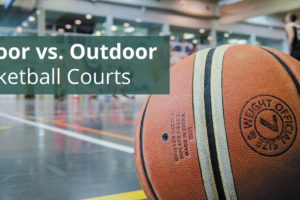Most people probably picture an outdoor court when they think of tennis, but tennis is a sport that can be played both indoors and outdoors.
Have you ever wondered if there are any significant differences in the game or equipment depending on whether it’s played inside or outside?
While the actual rules of the game remain the same, there are some factors that make the experience different depending on where you play it.
Materials
Some common building materials for courts include acrylic, asphalt, concrete, clay, grass, and artificial turf. Most of these materials can be used in both indoor and outdoor court construction.
Weather vs. Controlled Atmosphere
One of the biggest factors that differentiates indoor play from outdoor play is the weather. Weather conditions like rain and wind can make gameplay difficult or even impossible on an outdoor court. Extreme heat and sun will hasten player fatigue. In addition, constant exposure to the elements will cause a court to erode faster, resulting in the need for maintenance and repairs.
Indoors, the air flow, lighting, and temperature conditions remain constant, allowing for game play all-year around and in any weather. Typically, the ball movement is easier to predict, and also tends to bounce faster indoors. Lastly, courts are less subject to weather erosion, and players will not have to endure weather-related fatigue.
Equipment
Another difference is in the equipment used. There are actually different types of tennis balls and tennis shoes depending on whether you will play indoors or outdoors and the surface you will be playing on.
Conclusion
Ultimately the type of court a player should use is up to personal preference and what they are most used to. A tennis player who has more experience playing indoors will likely be more comfortable playing indoors and vice versa.
Have more questions about indoor and outdoor courts? Interested in one of your own? Get in touch today.






Most Commented Posts